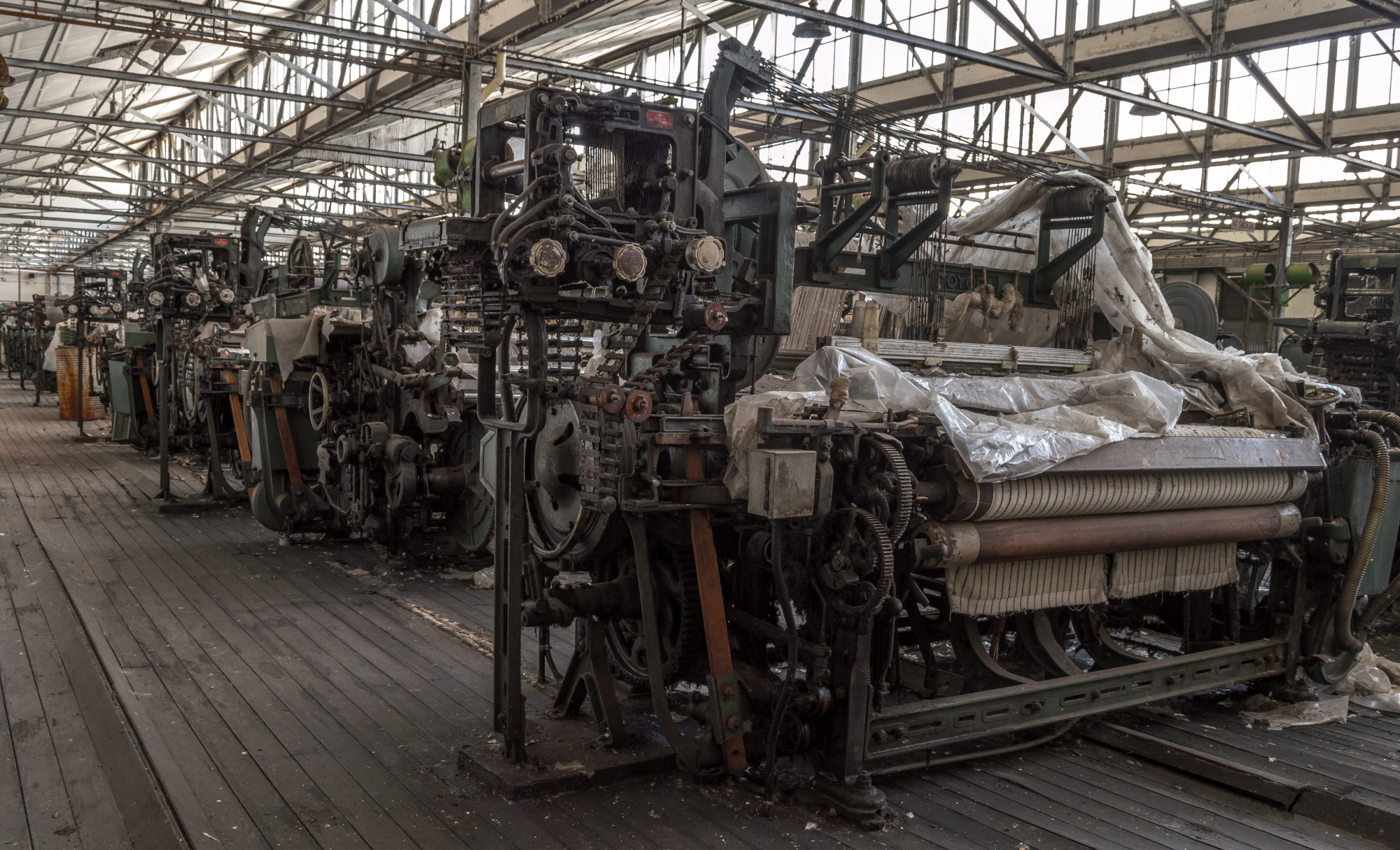
Textile waste is a major issue that poses a threat to the environment. Textile waste refers to any material made of fabric or fibre that is discarded, including clothing, household textiles, and other fabric-based items. In this article, we’ll explore the impact of textile waste and provide solutions for reducing it.
The environmental impact of textile waste is significant. According to the LABFRESH, 206,456 tons of textile waste was generated by the UK in 2019, with 55% of that not being recycled. Textile waste that ends up in landfills can take hundreds of years to decompose, and as it decomposes, it releases greenhouse gases like methane and carbon dioxide, contributing to climate change.
Moreover, textile production and disposal have other negative environmental impacts. Textile production requires a large amount of water and energy, and the use of toxic chemicals in the production process can pollute waterways and harm wildlife. Additionally, textile waste that is burned releases harmful pollutants into the air, affecting air quality and public health.
Fortunately, there are solutions for reducing textile waste. One option is to donate clothing and household textiles that are in good condition to charitable organisations or thrift stores. Donating clothing not only reduces waste but also provides affordable options for individuals and families in need. Some organizations even accept damaged or stained clothing and repurpose them into rags or insulation.
Repurposing textiles is another way to reduce waste. Old clothing can be transformed into new items like bags, blankets, or even pet beds. Household textiles like towels or sheets can be repurposed into cleaning rags or reusable shopping bags. Repurposing textiles not only reduces waste but also provides an opportunity for creativity and individuality.
Recycling is also an option for reducing textile waste. Textile recycling involves breaking down used textiles into fibers, which can then be used to make new products. This process reduces the need for virgin materials and can help conserve resources like water and energy. Some companies even use recycled textiles to create new clothing and other textile-based products.
In addition to individual actions, businesses can also play a role in reducing textile waste. Clothing and textile manufacturers can implement sustainable production practices like using eco-friendly materials, reducing waste in the production process, and designing products that are durable and long-lasting. Retailers can also offer incentives for customers to recycle or donate clothing, or partner with organisations that recycle or re-purpose textiles.
In conclusion, textile waste is a major issue that has a significant impact on the environment. However, there are solutions for reducing textile waste, including donating, repurposing, and recycling textiles. By taking action to reduce textile waste, we can help reduce the environmental impact of textile production and disposal, conserve resources, and make a positive impact on the world. So next time you have old clothing or household textiles that you no longer need, consider donating, repurposing, or recycling them, and join the movement to reduce textile waste.
